Teachers’ Guide to Global Collaboration
If you are an educator and are struggling to look for collaborative and enriching activities for your students inside your school or in your community then look no further! “Teachers’ Guide to Global Collaboration” is a website that allows educators and students around the world to participate in global and nationwide activities and projects right from their classroom. Teachers can find organizations that are looking for help with large scale projects, projects submitted by other teachers who would like to collaborate in specific subject areas, and even submit a request to publish your own project idea that you would like others to join. It is a great way for educators to reach new classrooms and have their students create work that is impactful outside of their schools!

My Experience
When I first opened the website I immediately opened the projects tab and searched for “art.” In clinical practice to becoming an art teacher, I have found so much more value in collaborative projects than I was expecting. I have implemented several collaborative lessons and while they were awkward for the students at first, they grew to love working together and sharing their knowledge with each other. One of my favorite projects I gave students was to work in groups along with one or more dancers from the dance class next door and try to create beautiful photographs of the dancers capturing motion and using everything they have learned about photography thus far. The students were so excited and they got to use the entire inside and outside of the school to take their pictures and they created wonderful and thoughtful images. I was so proud of their results and so happy that they enjoyed the project. However, it was difficult to give them more than just a couple days with the dancers because a mistake was made and our schedules did not align with theirs. One downside in trying to collaborate with other classrooms in your school, is trying to get on schedule with each other in a way that does not hold anyone back. But the satisfaction of collaborating on a larger scale trumps that and creates such meaningful memories with the students. Therefore, I was happy to find so many different projects and organizations that are open to artistic collaborations on a national and global scale.

What I Found
One of the projects I found is a project called “A Sense of Caring” which I think is a beautiful project for elementary and middle school students. Students either send in or receive a story or poem about what caring is to them and then the student who receives it has to create artwork based on their story. The story and artwork are then paired together and used to create Service Learning Project where students take action and show the importance of caring for others and their community. This is a beautiful project that I could see myself using to introduce students to symbolism, general visual literacy, and collaboration in the art room.

This website also introduced me to a site called “Creative Connections.” This is a large online gallery that allows students and educators from all over the world to participate in and create exhibits with their original work to be displayed on their website. I have seen similar sites to this one, but this site seems well organized with how each exhibition is separated and labeled. I could see myself asking my students to participate in this site. Not every student can be in the art show or sent to the Teen Arts Festival, so this is a great alternative for students or have students work published on a larger scale.

Overall, I think “Teachers’ Guide to Global Collaboration” is a wonderful way for teachers and students to collaborate beyond the small world of their classrooms. It is convenient and easy to navigate. I could see myself using this website to not only join projects created by other teachers, but also possibly to create a long term project for my students or school community to get involved in. I noticed the site does not have many projects that are long term with rolling registration, so I would love to contribute to that some day.
CLICK HERE TO ACCESS A RANGE OF ORGANIZATIONS AND PROJECTS TO COLLABORATE WITH OR START YOUR OWN!
Thank you for reading!
Follow me on Twitter at @IreneOrtiz001
A World of Peace for All
When we think of the word peace, there are many words that come to mind. Tranquility, calmness, and harmony. Peace should surround us in a world where we all work together. But instead, sometimes, we cause each other hurt and chaos. Learning how to bring peace to others and ourselves should be fundamental.

The United States Institute of Peace (USIP) is a non-partisan, independent federal organization that Congress established in 1984. Its primary goal is to stop, reduce, and end violent conflicts worldwide. The USIP is a national platform for leading examination, investigation, and preparation for peacebuilding and compromise.
Additionally, the USIP contributes to the nation’s understanding of conflict and peacebuilding. It studies topics like polarization, violence prevention, civil society’s role in promoting peace in American society, and other issues related to peace and conflict.
The USIP also creates opportunities as well. They state;
Through the Peace Teachers Program, teacher workshops, webinars, and other opportunities, educators can find support and training on how to incorporate peacebuilding themes and skills into their educational settings.
“Teacher Opportunities.” United States Institute of Peace, 2 Dec. 2021, www.usip.org/US-Schools/Teacher-Opportunities.
So, with this known, we can ask ourselves this question. How would a world that revolves around peace change the way that we live?
𝑰𝒏 𝒂 𝒘𝒐𝒓𝒍𝒅 𝒘𝒉𝒆𝒓𝒆 𝒑𝒆𝒂𝒄𝒆 𝒓𝒆𝒊𝒈𝒏𝒔 𝒔𝒖𝒑𝒓𝒆𝒎𝒆
People would handle issues and conflicts by talking and understanding instead of fighting.

Nations would cooperate to prevent clashes and help one another.

No matter where they come from or what they believe, everyone would have the same rights and opportunities.

We would be concerned about the environment and collaborate to ensure everyone has enough resources.

Schooling would be vital, teaching us to regard others and track down peaceful arrangements.
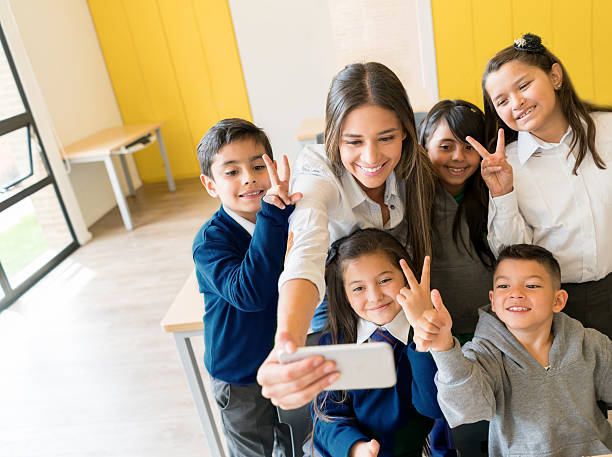
Rather than punishing people who do wrong, we would focus on aiding them and further developing things.
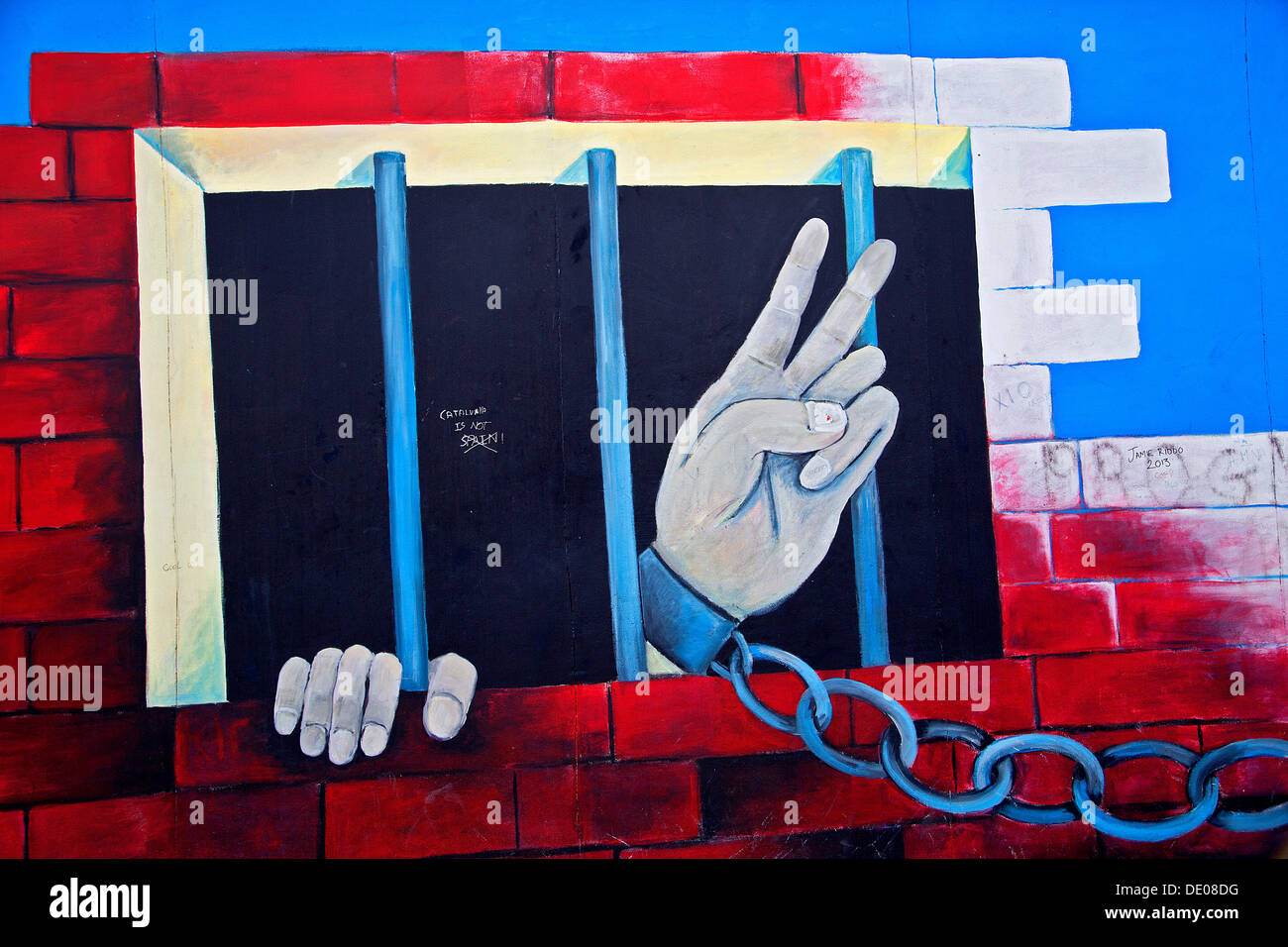
𝑷𝒆𝒂𝒄𝒆 𝒘𝒐𝒖𝒍𝒅 𝒂𝒍𝒍𝒐𝒘 𝒖𝒔 𝒕𝒐 𝒄𝒐𝒏𝒄𝒆𝒏𝒕𝒓𝒂𝒕𝒆 𝒐𝒏 𝒃𝒖𝒊𝒍𝒅𝒊𝒏𝒈 𝒂 𝒃𝒆𝒕𝒕𝒆𝒓 𝒇𝒖𝒕𝒖𝒓𝒆 𝒂𝒏𝒅 𝒊𝒎𝒑𝒓𝒐𝒗𝒊𝒏𝒈 𝒆𝒗𝒆𝒓𝒚𝒐𝒏𝒆’𝒔 𝒍𝒊𝒗𝒆𝒔 𝒂𝒏𝒅 𝒕𝒉𝒆 𝒘𝒐𝒓𝒍𝒅.

Overall, the USIP is working to bring us together as individuals and as one. We are all put on this Earth not only to care about ourselves, but about each other. And with the guidance that the USIP is giving to others, we are able to look forward to a future of peace.
Ananda Earlie
KitaabWorld
The website I decided to explore was KitaabWorld. It’s a great a place for finding books that represent South Asian literature. The home page has links to where you can purchase books; there is a recommended reading list that separates the books into different categories; author interviews, where you’re able to select an author and read some question and answers about their process/inspiration for their book. If you select Lesson Plan, you’re given a list of books that are filed under specific categories and have age ranges assigned to them, so you’re able to see if the book is the appropriate reading age for your class. One you choose a book there is a detailed lesson plan that can be implemented into your class.
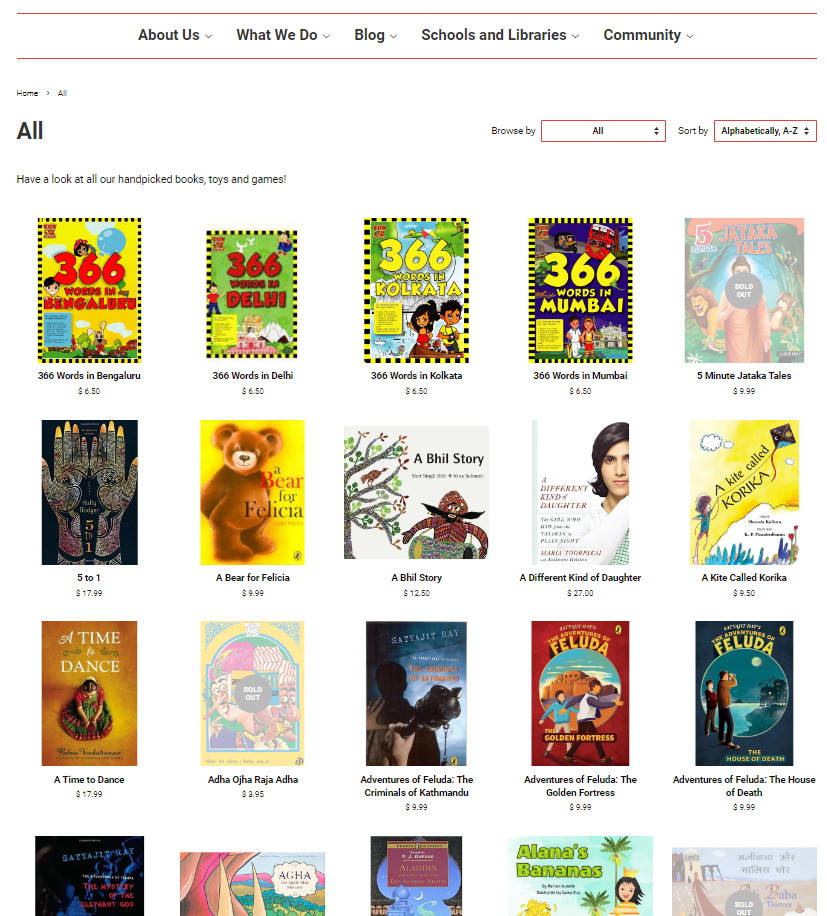
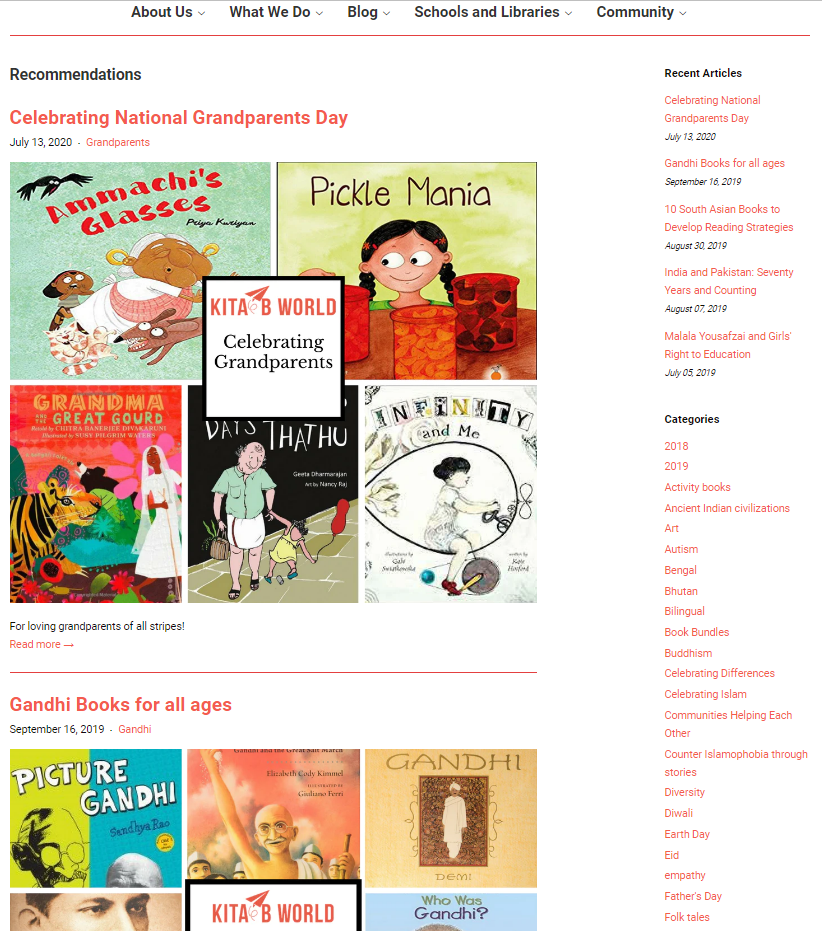
Above on the left you can see the collection of books that KitaabWorld has to offer, and on the right, you can see the books broken up into categories with a list of different categories going down the side. Below, on the left, is the lesson plans that are available. On the right is an example of a lesson plan.
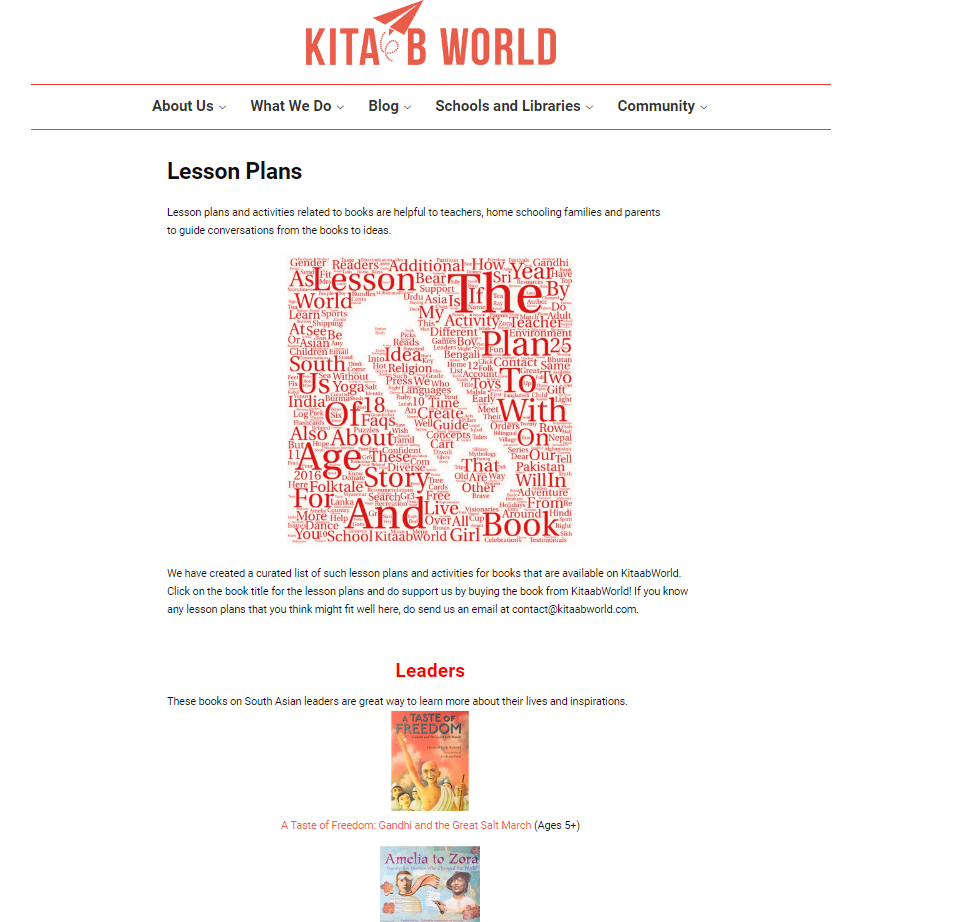
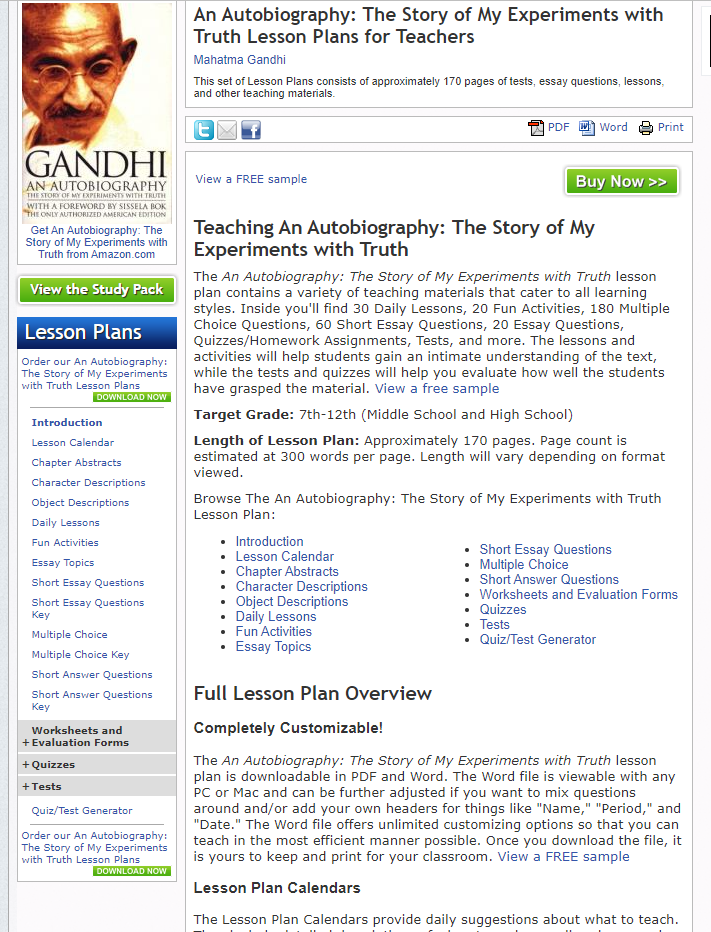
The lesson plan was pretty awesome. It was customizable and had suggestion on what could be taught about the book. There were sections that had short answer questions, and multiple-choice questions in the form of tests and quizzes. The website would link to other sites and the lesson plans depended on the website it came from and the age recommendation of the book. One of the lesson plans was simple compared to the one linked above. It went over the themes and setting of the book and had questions for the class about each. It also had two activities, the first was where the students could try and to spell and speak some common words and phrases in the Hindi language. The second activity was a recipe for baking a bread that was featured in the book. I think the lesson plan portion of the website is great because it can be accessed and used by teachers in any grade and there is a wide range of activities that are listed for each book to get students engaged with the source material.
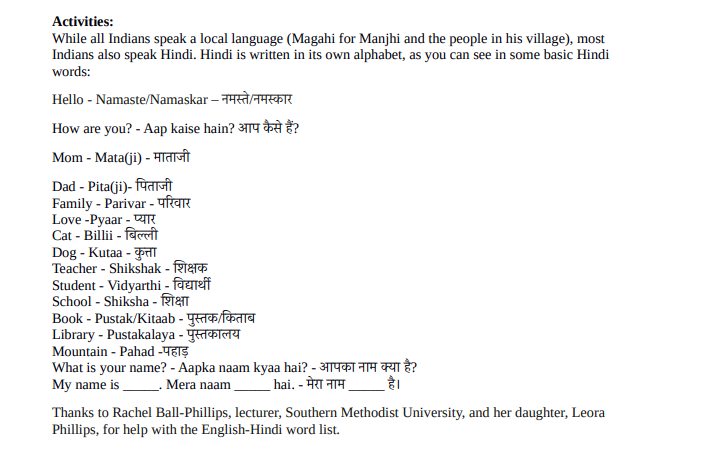
This website also has a mission to stop islamophobia. With its campaign Counter Islamophobia Through Stories, they try to change the stories and misinformation about Muslims. Teaching children about different cultures and showing them that it’s okay to be different at an early age is important. By learning about similarities and understanding differences through story telling we’re able to create an environment of respect and acceptance towards one another. The movement has books separated into different themes so that teacher, parents, librarians, and anyone else in the student’s life that helps teach and guide them through the different stories.
I think that this is a useful tool because of the 50+ categories the books are separated into, it allows you to go to the site and with an idea of what you are going to teach and pull a book from a list that is associated with the topic. Then once you have the book you can use lesson plans from the website to help educate your students in ways that you might not have thought of. I liked the lesson plans that incorporated activities that were not strictly educational, like the one I found about baking bread that was featured in the story or trying to say some words in Hindi. It makes the stories that are being learned about more applicable and gives students a way to connect to the stories. I think one thing that is important is make sure student take something away from what is being taught and I think lesson plans that can make learning more engaging and fun help to make that goal of understanding more attainable. In the future I look forward to implementing different activities to make lessons more engaging and enjoyable.
What’s in Your Global Educator Toolkit?
Being a future educator having the right tools is key. You can have a district that provides you with everything, or you have to develop all your resources. Whichever the case, you should have the resources to help your classroom and students, be aware of global activities and education.
With the Global Educator Toolkit comes tons of resources for every grade. The one I liked the best for grades K-8 was the Center for the Study of Multicultural Children’s Literature, or CSMSL. Their website tells you they are among the leading research center for multicultural literature. Our classrooms should reflect our students and include a variety of cultures. I want books with every culture in my classroom so each child feels represented and included. CSMSL provides recent and historically significant multicultural children’s books.
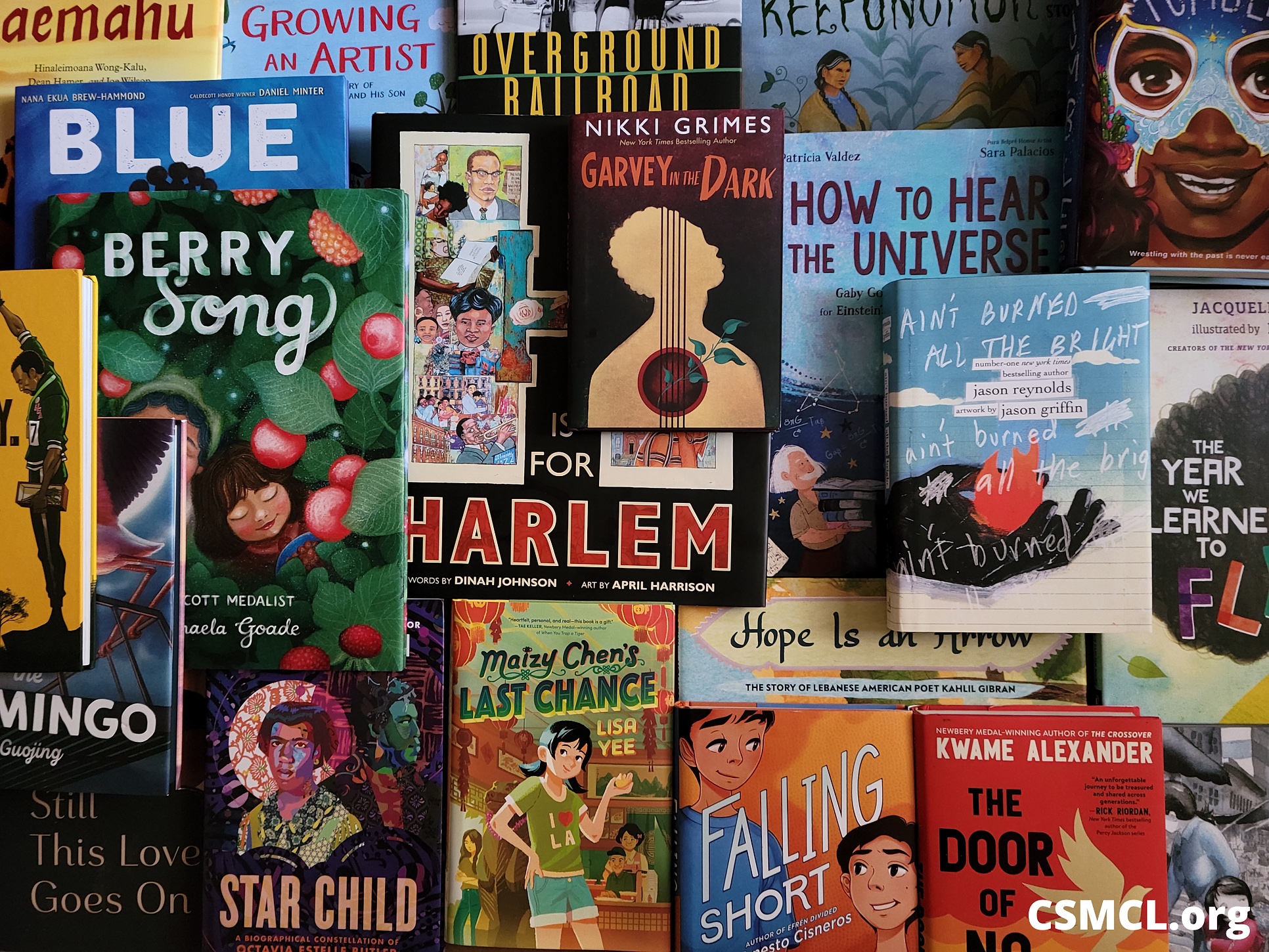
A few multicultural books from CSMCL’s collection.
On CSMCL’s website, you can find “Best Books of” from 2013 to current. This year, 2023 hasn’t been posted yet. You can click on any of the years you like, scroll through the book covers and look at the books that pique your interest. You can click on individual books and the CSMCL website will bring you to another website, Goodreads where you will have the option to go to more sites to purchase the book or download a kindle version.
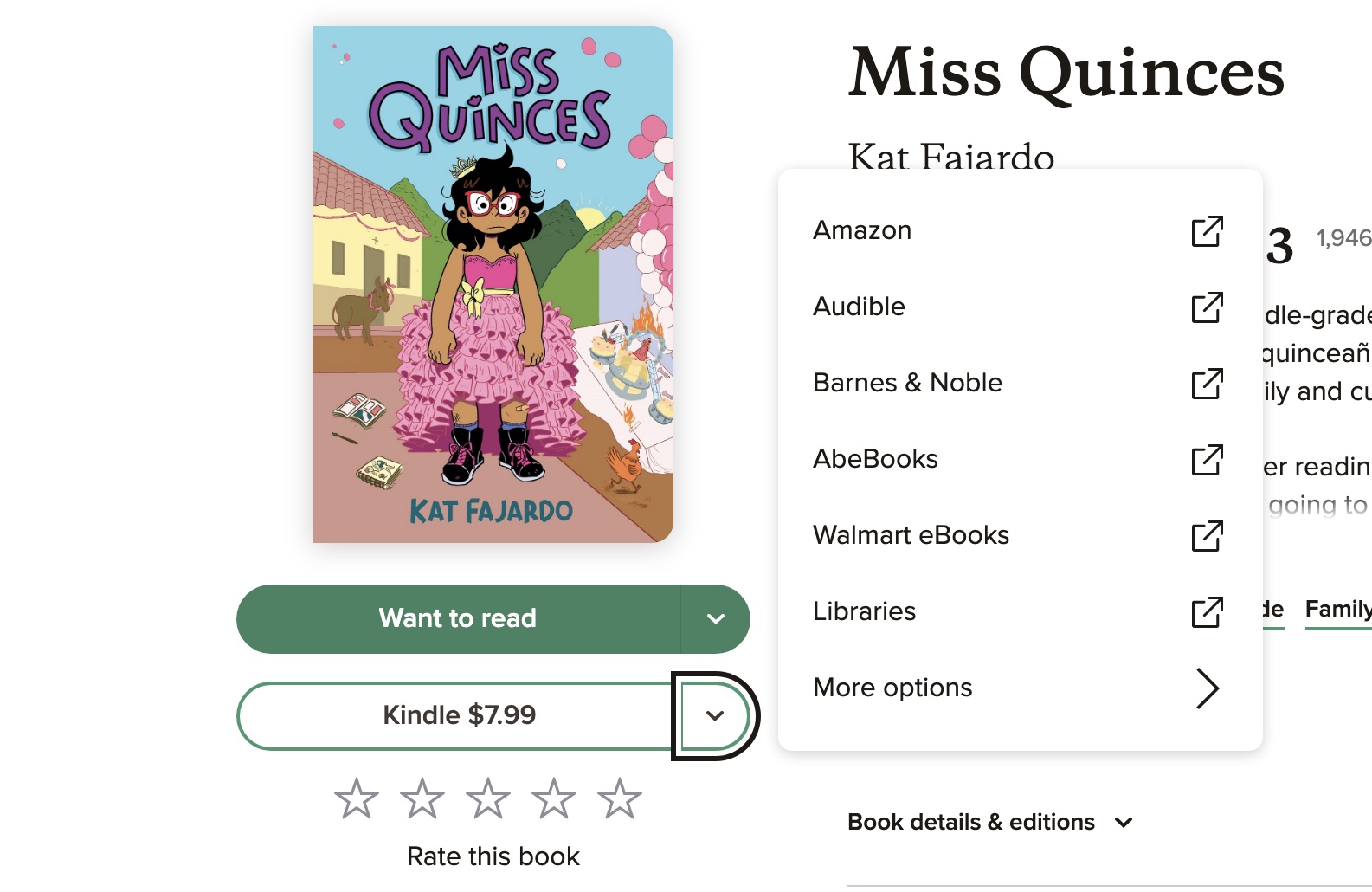
It is a lot of steps to purchase a book to read, but I really like this as a resource in the classroom. I’m a big reader, and I will encourage my students to do the same. I hope to have many of these books on my shelves available so my students can browse online here and then check them out in person. The other option is that if my students see a book they are interested in or want to learn about, I can always see if I can get that book for my class.
Including global resources as an educator is so important. What steps will you be taking so your students are more globally aware? Share your ideas so we can grow together!
Importance of Collaboration in Education
Collaboration is important in the education field for both students and instructors. When collaborating with others it allows insight from different perspectives and backgrounds. As well, students can inherit other traits such as teamwork and problem-solving. Learning collaboration at a young age allows the students to then grow up and be more prepared for the work field as collaboration is something needed in everyday life.
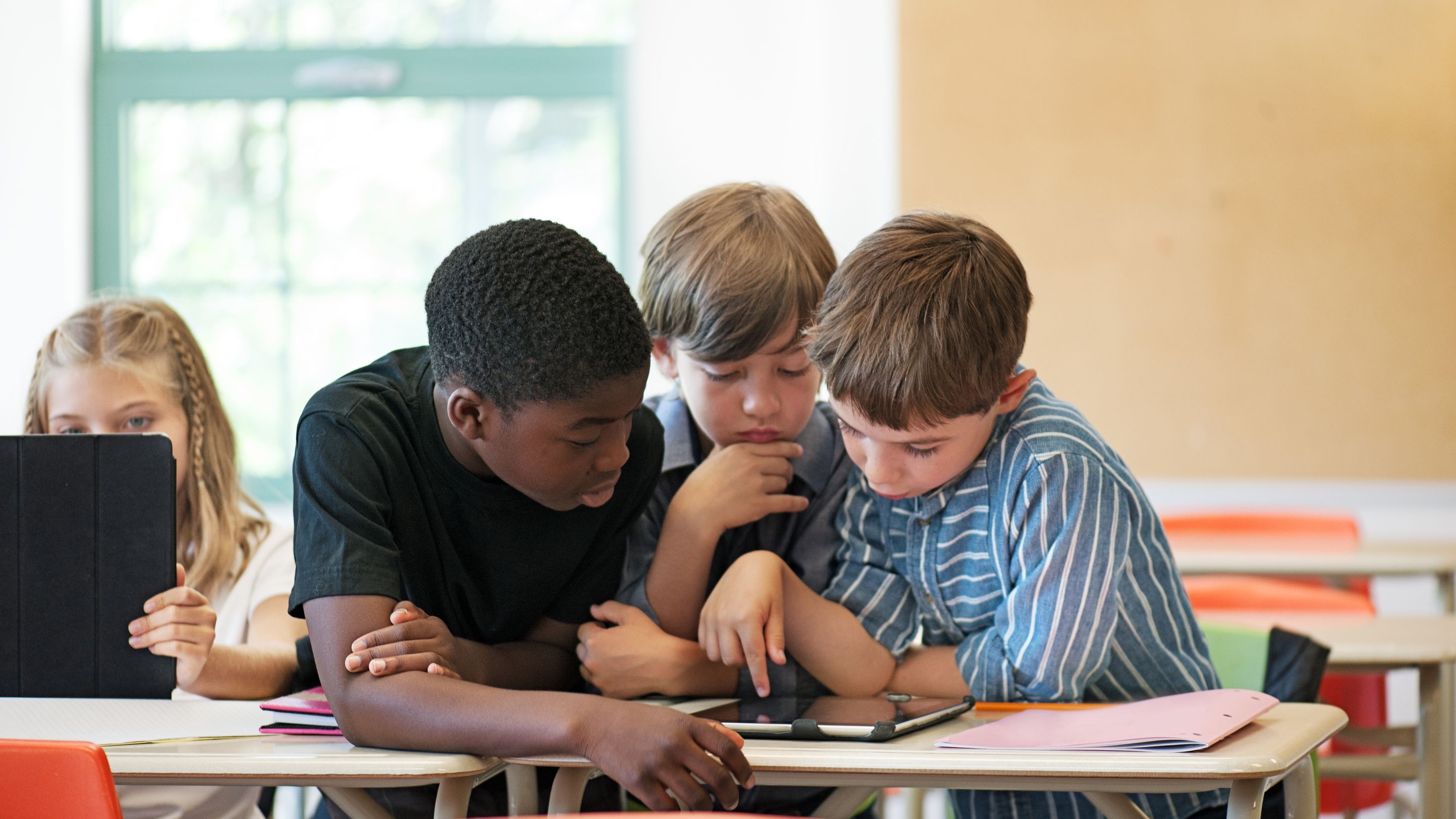
Teamwork is important, it is something all students can benefit from. These students are exploring their skill sets to then collaborate together.
When collaborating in schools it is important to be open-minded to working with anyone and everyone. Librarians are often overlooked during the collaboration process. Although, they have great resources that could be applied to help better students and faculty.
Collaboration is one of the many traits needed to accomplish success for the students and teaching ability. If there is no collaboration then skills will not be taught to the students and they will have a hard time achieving those skills as they grow older and are put into positions where those abilities are needed. Teachers also need to collaborate to provide the best information and ways of teaching that the instructors may not be aware of, and will only be aware of if they work with others.
Why Teachers Need to Work Together
Most teachers expect their students to work together whether that be by assigning them into groups or implementing the infamous rule of “ask 3 before me” which, in my experience, just led to a silent classroom. Teachers encourage students to work together to find the answers to what they need, so why do teachers not do the same? Why would some teachers insist on making their own lessons and worksheets from nothing or struggle to help a student in need without asking for advice? A teacher who does not collaborate is stunting their own growth as well as that of their students. In an article by Damon Torgerson, he describes the importance and benefits of teachers being active collaborators in their schools and districts and how teachers can promote collaboration amongst their peers.

So Why Should Teachers Collaborate?
- Changes the School Environment
Teachers are constantly stressed having to carry the weight of taking care of the next generation on their shoulders for half of their day, 5 days a week. It is very easy to become frustrating, lose your temper, not keep promises, and so on. When teachers work together, share their resources, and share their experiences with each other, they can start to build meaningful work relationships. When teachers can lean on and support each other, it changes how they come into work every day. Students can tell when their teacher is not “in it,” so do not be afraid to lean on someone who understands you if it will keep your classroom environment healthy
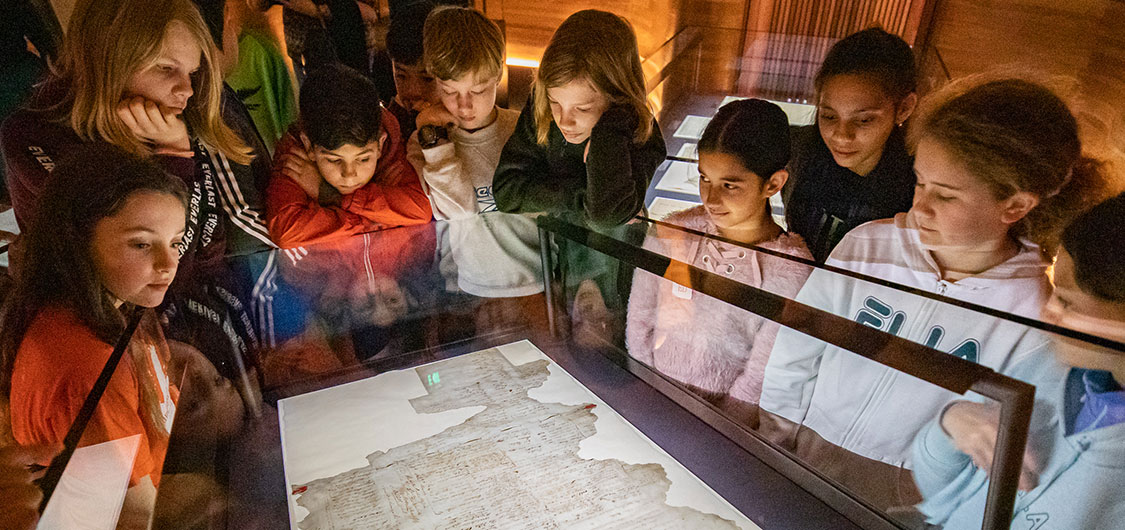
2. Reduces Stress and Teacher Burnout
As mention, once the work begins to pile up, teachers can very easily begin to drown. If they work together to support each other, they can begin to lift some of the stress off each other’s shoulders. Think back to when you were in school as a student. Part of the fun about being in school was seeing your friends and if you had a bad day at school, at least you saw them right? So why should it be any different as a teacher?

3. Sharing Your Strengths and Learning from Others
As a teacher, you are an expert in what you know and there may be other teachers in your school who need you. Maybe the math teacher wants to do a research project with students, but they are not sure how to get them started. If you are a Science, History, or English teacher you must have some knowledge about research projects to share, so share it. You could open the door for students to have unique cross content experiences and open yourself up to new ideas from people outside of your field.

4. Stay Up to Date
Education is always advancing with the use of technology and educators may not always have the time to research new methods of teaching or new websites to use in their lessons. It can be so easy to fall into a habit of “doing what works” and not “reinventing the wheel.” But there are so many ways to facilitate learning that can be engaging for the student as well as the teacher, so reach out to your colleagues and see if they know of anything that may be of interest to you. Create a Facebook Group where you can share links and ideas with each other quick and easy, so you do not fall behind on the trends.
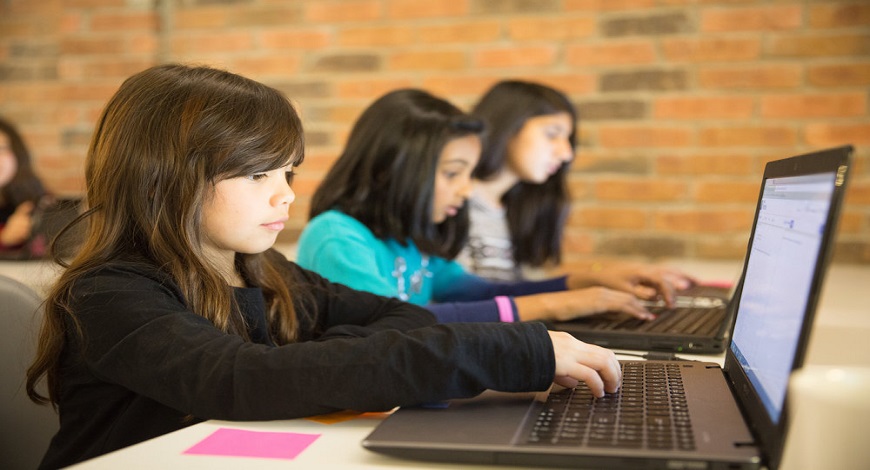
5. Professional Development on Your Own Time
As mentioned, educators may not always have time to do research on new activities or questions they may have. They may not have time to wait until the next professional development meeting to ask the questions they may have to their peers or supervisors. Reach out for help when you need it. Be proactive and use your biggest most accessible resource, a.k.a. your peers, to help you along the way and I am sure they could use your help as well.

6. Improved Student Outcomes
As mention, students can tell when teachers are not doing well, are not passionate about their work, or are having trouble with other teachers. This ultimately does affect how they perform in your classroom and can actively discourage them from not only completing their work, but reaching out to their teacher for help. If teachers openly collaborate and create a safe and productive work as well as teaching environment, students will be encouraged to work together with their peers and teachers. Also by diversifying your own teaching methods and practices, you are creating a much more unique and enriching learning experience that can reach a broader audience and support all types of learners.
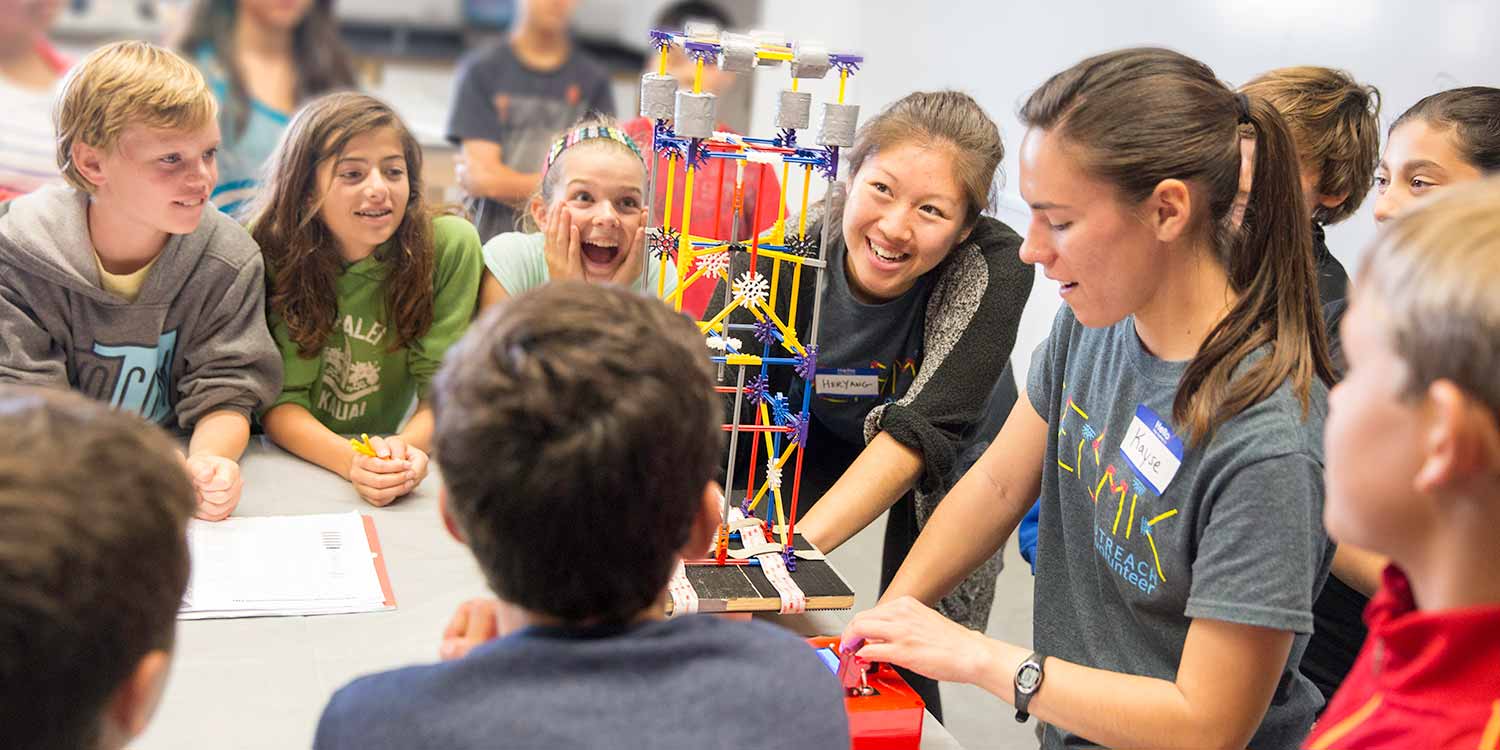
CLICK HERE TO VIEW HIS ARTICLE FOR MORE INFORMATION ON HOW TO EFFECTIVELY COLLABORATE AS AN EDUCATOR
Thank you for reading!
Follow me on Twitter at @IreneOrtiz001
The Importance of Web Filters
Irene Ortiz | May 29, 2023
Have you ever been connected to a school’s network or logged into your own district given email and tried to access any websites just to be met with an error or blocked message? When I was in high school, I could not access Youtube when I was logged into my school Gmail account and it was very frustrating when it came time to do research for projects. I did not understand why my schools growing up put so many limitations on the sites we could reach. I always assumed it was so we did not look up anything inappropriate, but a brief article by Nicole Bixler titled “The Benefits of Using a Web Filter for Digital Learning” introduced me to a few ways in which web filters actually support education.
While schools are required to have some sort of web filters to ensure that students are not accessing inappropriate or irrelevant content, it also protects students. Online, everyone is open to things such as data leaks, tracking, identity theft, harassment, and cyberbullying and young children are some of the biggest victims. In today’s age where everyone feels they need to post everything online, we often hear of young children being targeted online by their classmates or even strangers. By limiting their access to certain sites such as social media sites, students are less likely to engage in harmful internet behavior that can hurt themselves or others.
Bixler also discusses how web filtering also provides students with valuable skills such as research, data analysis, collaboration, and focus. With limits on sites that they can access, they are forced to do further research on their topics and look for their answers using sites they may not have thought to use if they had immediate access to sites like Youtube, Reddit, or Wikipedia. Not all schools block these sites or familiar sites, but having them blocked keeps learners from getting distracted from their tasks. When students are unable to find the answers to their questions, they ask questions to their peers or communicate with their teachers and work together to find a solution. Though they may not appreciate it now, web filtering when done correctly can actually teach students essential skills and online safety that they may not otherwise receive with full internet access.
CLICK HERE TO VIEW HER ARTICLE FOR MORE ON THE BENEFITS OF WEB FILTERS
Thank you for reading!
Follow me on Twitter at @IreneOrtiz001
AI INTELLIGENCE IN OUR CLASSROOMS
As we progress into the new age of technology, we are prone to creating unique experiences that will benefit us in the future. These experiences are being brought to the newer generation. It’s been brought to where it all starts; In the Classroom.
The tweet above (and linked) brings forth the start of Artificial Intelligence and the future of teaching and learning. The Office of Educational Technology states as its core message:
” The U.S. Department of Education (Department) is committed to supporting the use of technology
to improve teaching and learning, and to support innovations throughout educational systems.”
Bringing Artificial Intelligence into schools and classrooms can benefit the students, teachers, and the education system. There are many possibilities to look upon, but here are the more important ones.
≿━━━━━━━━━━━━━━━━━━༺❀༻━━━━━━━━━━━━━≾
Personalized Learning Artificial Intelligence can tweak instruction for every student in view of their necessities and inclinations.

Smart Tutoring Systems powered by artificial intelligence can provide students individualized guidance and support, enhancing their learning and comprehension.

Improved Collaboration Tools for artificial intelligence can make it easier for students to work in teams, collaborate on projects, and learn from each other.

Streamlined Administration Administrative tasks like scheduling and grading can be automated by artificial intelligence, allowing educators to concentrate on teaching.

Informed Decision Making Artificial Intelligence can break down student execution, participation, and conduct information, giving bits of knowledge that assist teachers with pursuing better choices.

Accessibility and Inclusivity Artificial Intelligence can help understudies with special needs, offering customized help and versatile tech.

Teacher Development Artificial Intelligence can uphold teachers’ expert development by suggesting assets and giving criticism on their education procedures.

≿━━━━━━━━━━━━━༺❀༻━━━━━━━━━━━━━━━≾
Coordinating Artificial Intelligence in schools can further develop training quality, draw in students better, and support educators in their significant work.
And now, with this information in front of you, how do you feel about AI being a part of classrooms?
For more information about Artificial Intelligence in classrooms and what could be done, the hashtags #ArtificialIntelligence & #aiclassrooms are your links to go. ❤︎
Collaboration With Educational Technology
In today’s world, it is imperative that educators take advantage of innovative technology that can help students learn. One way technology helps students learn is through collaboration. Collaboration has been a part of education for a long time. Group projects have always been utilized in schools to make students become comfortable working with others. Through collaboration, students are able to take on a more dynamic role, where they learn by interacting with their peers and sharing ideas to solve problems and work towards common goals. This has been shown to increase engagement, which will lead to better educational outcomes.
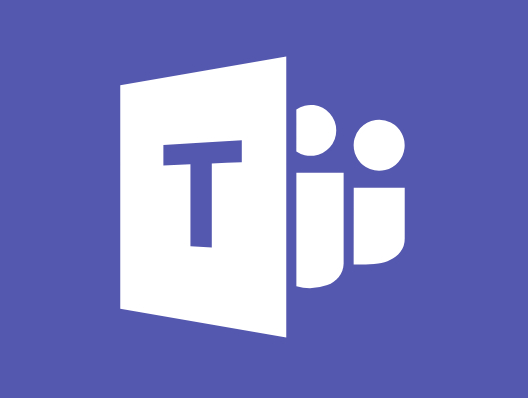
An article posted online by EdTech Magazine describes the necessity and effectiveness of integrating technology in educational settings to foster collaboration. This article addresses how during the pandemic, the distance-learning approach forced teachers to adapt and incorporate tech tools to facilitate online learning. Some of the tools the articles mentions are Google Classroom and Microsoft Teams. These programs, “…allowed students to work together on shared documents and communicate easily with their peers and educators” (Kolber). Having worked on shared group projects with Google Drive through online collaboration, I can confirm that tools like these are easy to use and extremely helpful for working with others remotely. Students can work together on projects, ask each other questions, have access to class material, and ask their teachers questions all from their computer. These tools are an extension of the classroom environment and give students a new medium to learn through that they can have access to from home. The article also mentions how FlipGird, PearDeck, and Minecraft: Education Edition are effective tools that foster collaboration and students have a lot of fun working with.
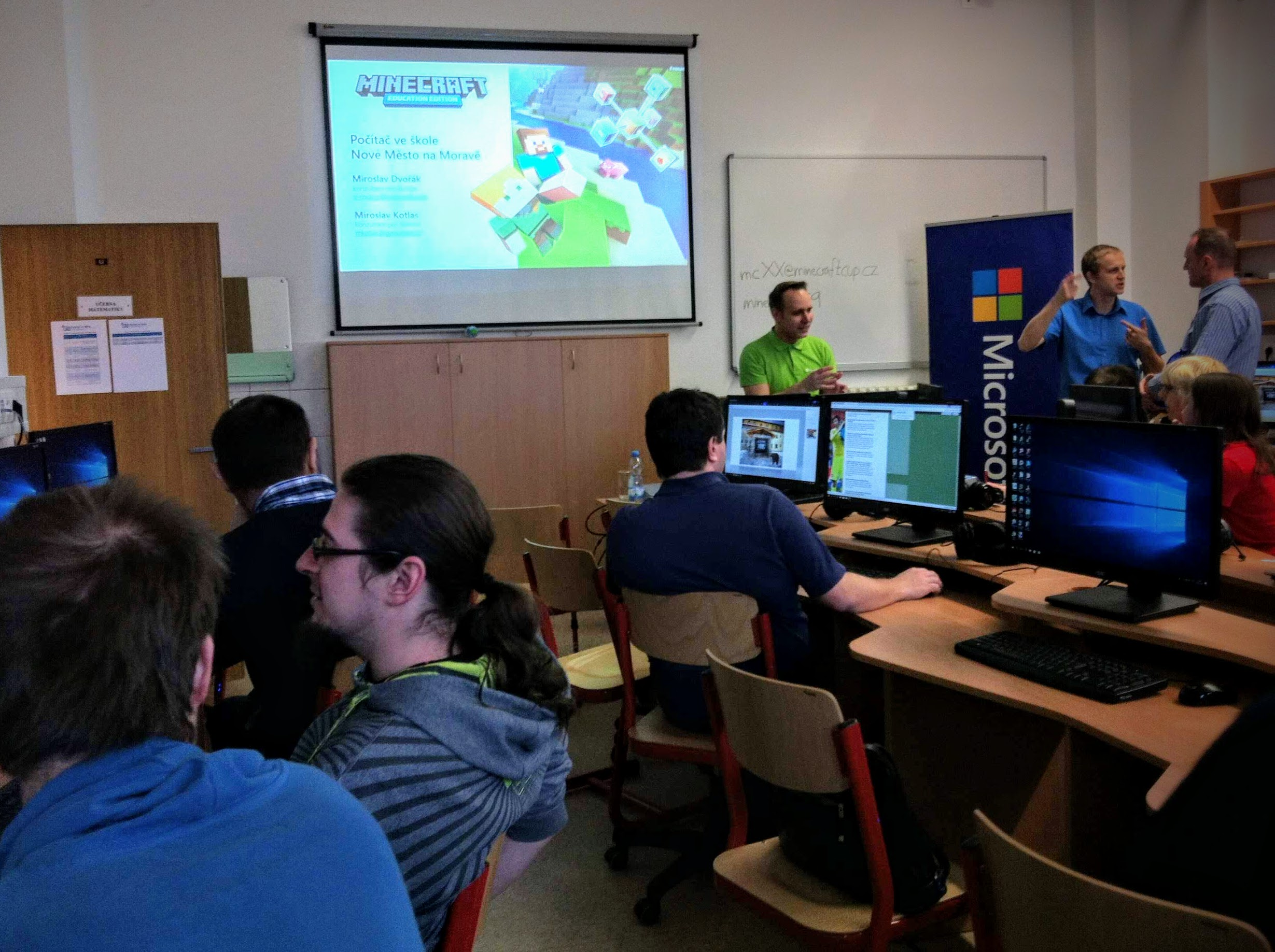
These tools are just some of the innovative technology that are used in education to foster collaboration. When used appropriately, these tools can help students build collaboration skills in a learning environment. They give teachers a new, digital mode to use in their classrooms that may be more effective than more traditional methods at getting students to work together. The possibilities and capabilities of educational technology are exciting for education and they will play a big part in schools going forward.
Collaborating for the Future
I found an article on twitter that goes over innovations that are being made in the world of education. As the world is advancing, we as educators, must advance with it to ensure that the future generations are getting a good education. By using our time wisely and not treating the summer as time away from the teaching profession we are able to keep up to date with new ways of teaching and our hone skills.
Some ways that we can expand our horizons are by connecting with others, innovating leadership, questioning why things are done a certain way, and encouraging students to use technology. By connecting with other we can expand out learning network, and if we use social media like twitter new ideas are only seconds away. Innovating leadership will allow for students to work together and create a shared vision. Questioning why things are the way they are helps build critical thinking skills that can show new perspectives and allows the students to be taught in a forward-thinking manner. Encouraging the use of technology allows students to engage with lessons in different ways and still facilitate a learning experience.
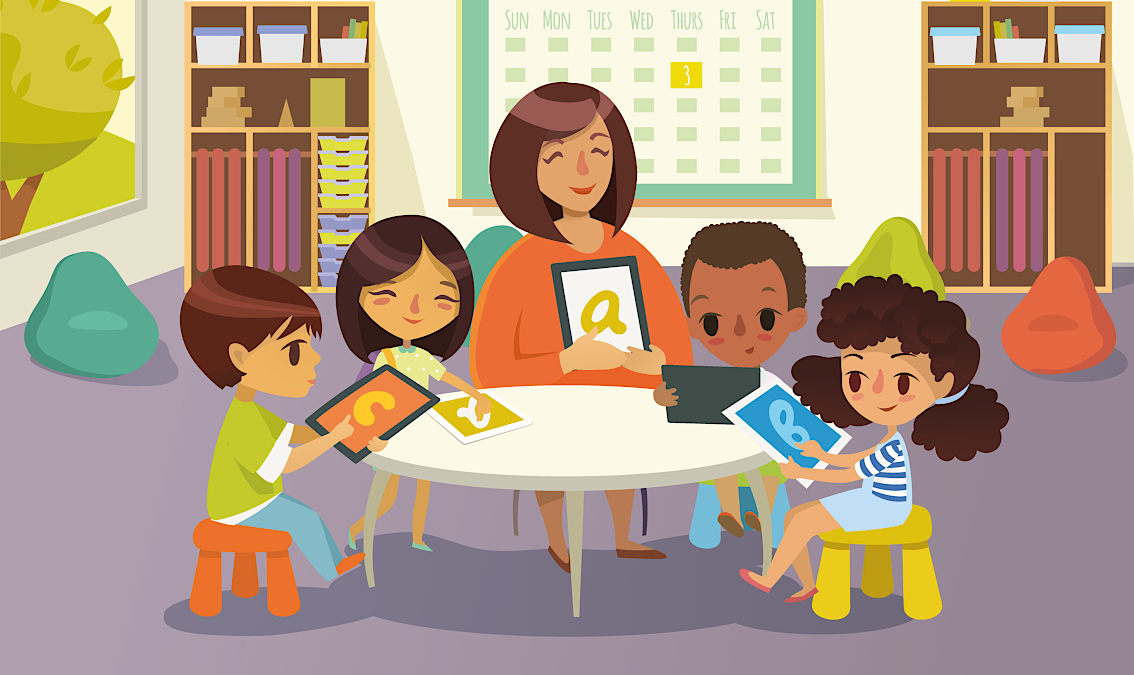
Everything in the article points to collaboration as the focal point of education moving forward. As teachers we can get together and talk about different ways we’re teaching. Then once we’ve tried them out, we are able to give feedback on what did and didn’t work; allowing us to improve lesson plans. Getting students to work together allows them to build collaborative skills that they will use throughout their lives and allows them to learn the lesson together.